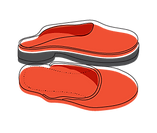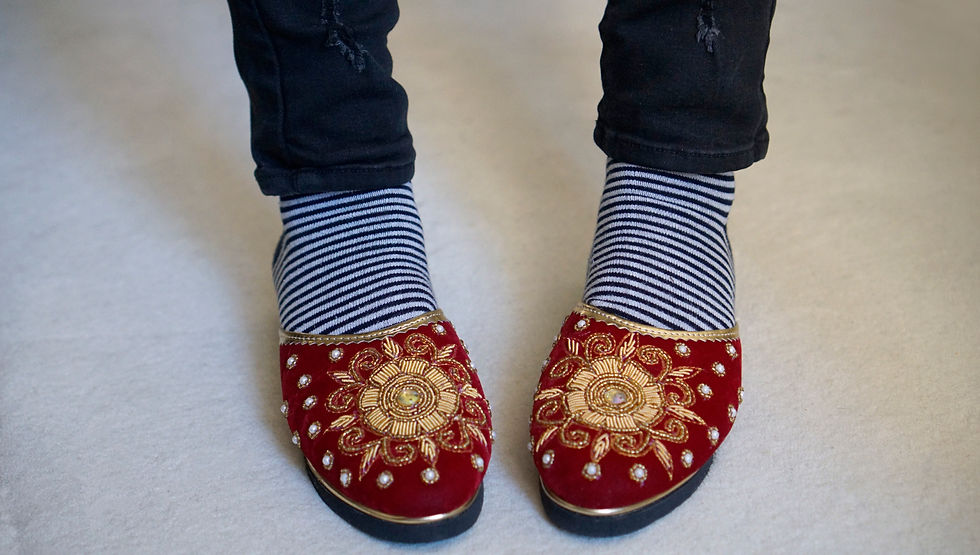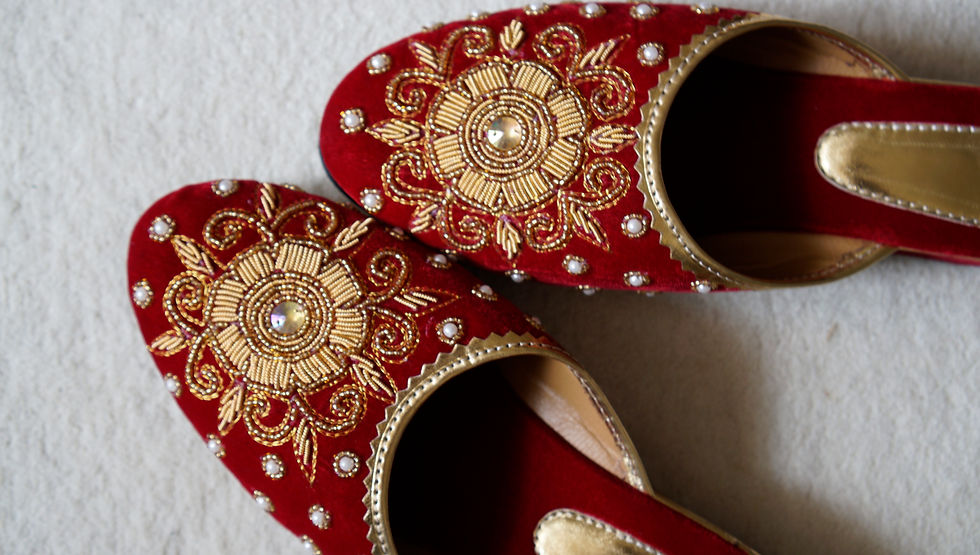NEPAL
Mamata & Bhaskar
"I grew up in a joint family when I was very young, which meant big dinner areas and every day would feel like a party."
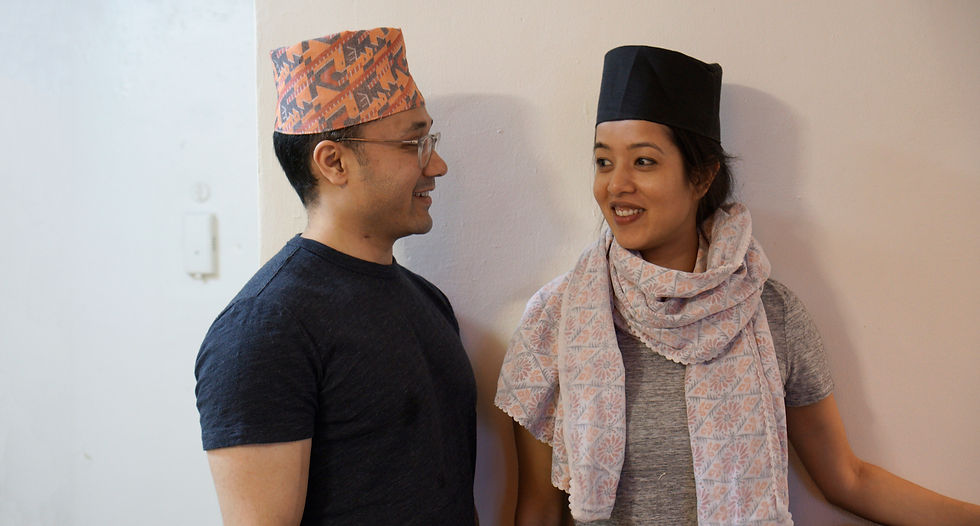
On a snowy day, we trekked through the city to interview our friends Mamata and Bhaskar from Nepal. Cold and slightly wet, all we could think of was a hot cup of coffee. Oh, but we got so much more as they welcomed us with a warm Nepalese hospitality and fed us courses of delicious food.
Mamata and Bhaskar both grew up in Kathmandu, the capital of Nepal, in a Newar community. The Newars are considered as the original inhabitants of Kathmandu valley. They have their own dialect, traditions and are economically, politically and socially the most advanced community of Nepal. As they handed me a cup of Nepalese coffee, I could feel my mouth watering in anticipation of the food that was to follow.
As Bhaskar whips up a momo (Nepalese dumpling) in 5 seconds like a pro, he shares with us his childhood memory, “I remember we had a home with an attic, a typical Newari attic, and under it, my aunts would make homemade alcohol, also called as moonshine. It is typically a long process, and the whole house would smell of alcohol but it is a fun memory. I grew up in a joint family when I was very young, which meant big dinner areas and every day would feel like a party with huge portions of meals.”
On the other side, Mamata was whipping up yomari, a traditional sweet dumpling and one of the cutest dumpling we had ever seen, CUTEST EVER.
Pachyura / Gaa
Traditional shawl made of layered cotton

Topi / Topli
Everyday hat worn by men in Nepal
Pachyura / Gaa
Let’s first take a moment to understand a unique piece of fabric called Dhaka as you will see a mention of it in all products from Nepal. Dhaka is a traditional, hand-made fabric made of cotton. It is weaved on wood and bamboo treadle looms. This cloth plays an integral role both socially and in all religious ceremonies. The patterns are usually geometric and no two patterns are identical which makes each piece unique.
Pachyura (called in Nepalese and Gaa in Newari) is a layered cotton shawl typically used in weddings to keep warm. Mamata’s Pachyura is from her wedding. This shawl is soft and delicate and quite unlike the rest of the wedding attire. “In weddings, you wear a botto (blouse) made of zari (metal embellishment) and then a thick sari over it. Since Pachyura is softer, you wear it on top to make you feel comfortable and also keep you warm.” It was invented for the weddings but you use it every day.
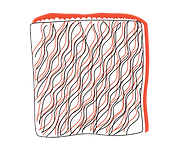
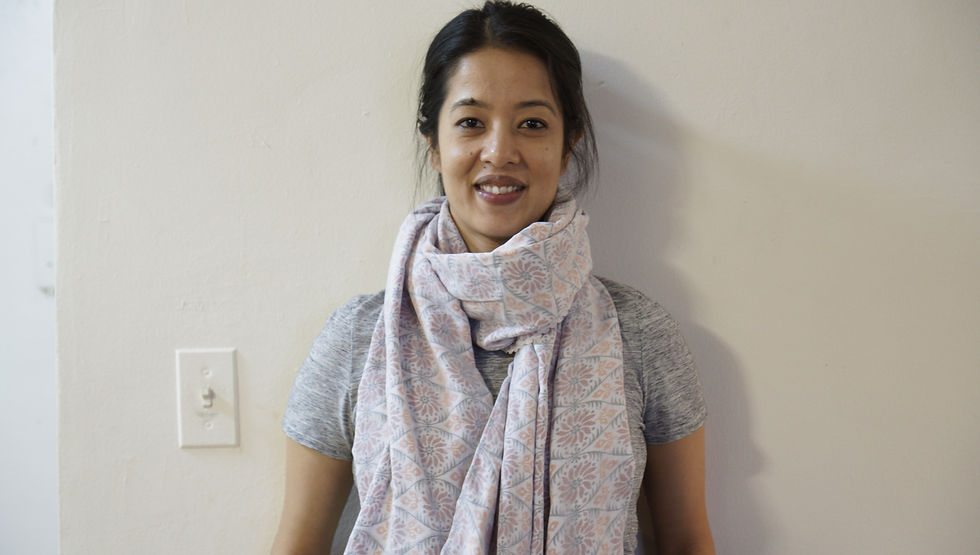

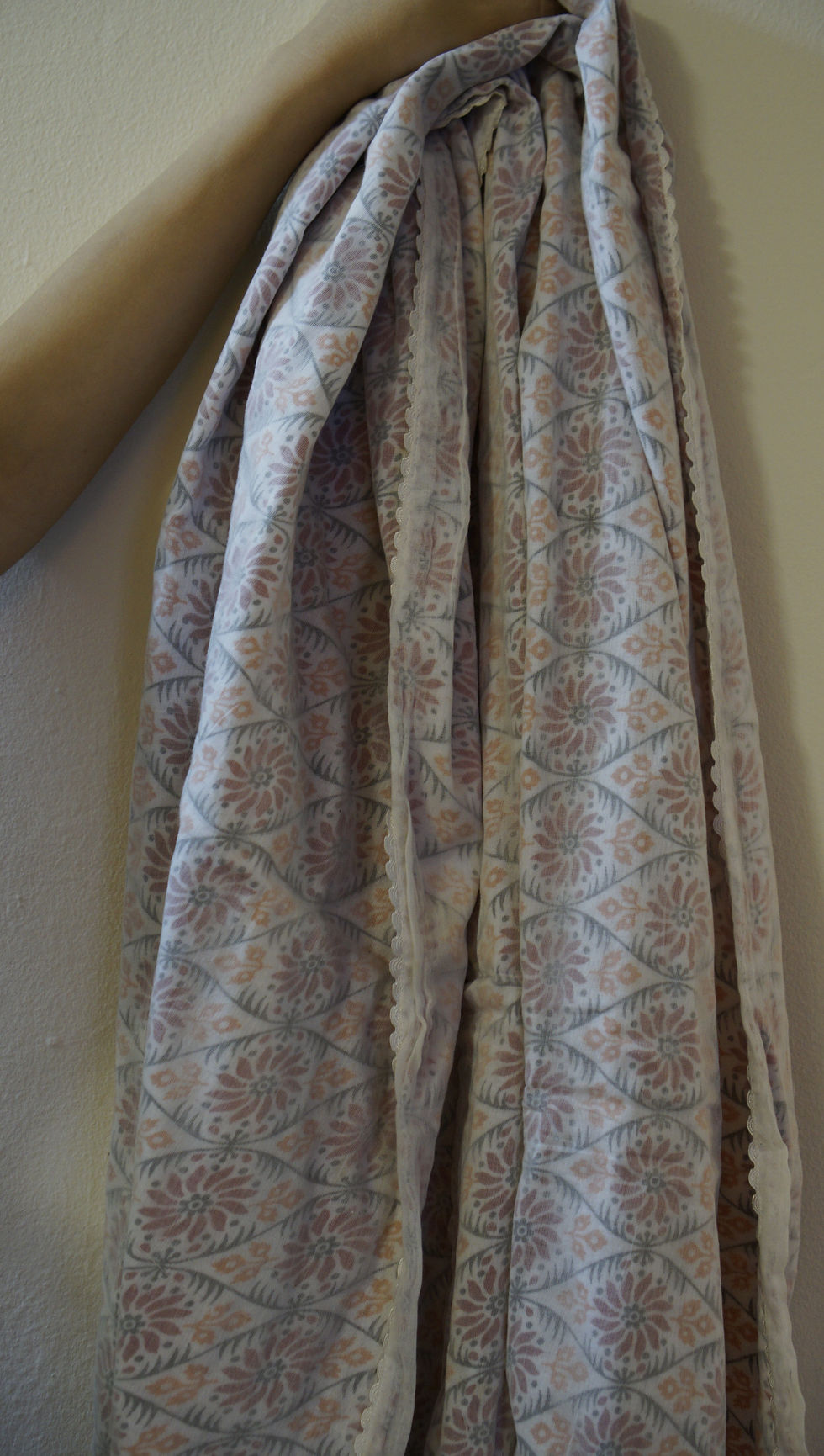



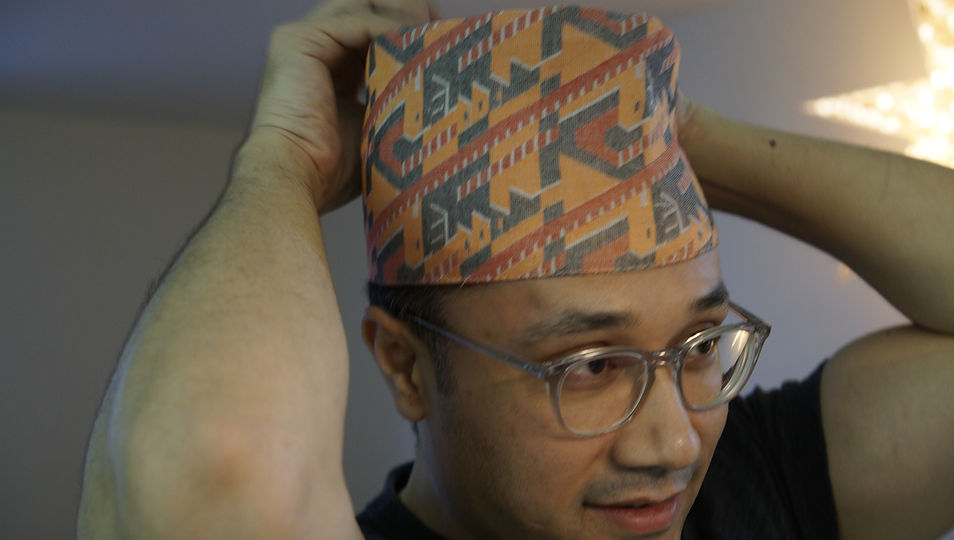
Topi / Topli
True confession: I so wanted to take one home. Well I didn’t but we sure did take pictures in them.
A Nepali man’s attire is incomplete without a topi (hat). Made of Dhaka fabric, it comes either in colored patterns or plain black. Traditionally it was worn everyday by men but these days it is used only for special occasions. Although modern day fashion has removed Dhaka topi out of everyday attire, it is still a must when worshipping. Bhaskar explains, “ men cannot have exposed head while worshipping. For women they have to have Pachyura on the body but they don't have the same restriction as men about exposed head.”
So stylish in shape and patterns, we can’t wait to get one for ourselves and sport it on the streets of New York.

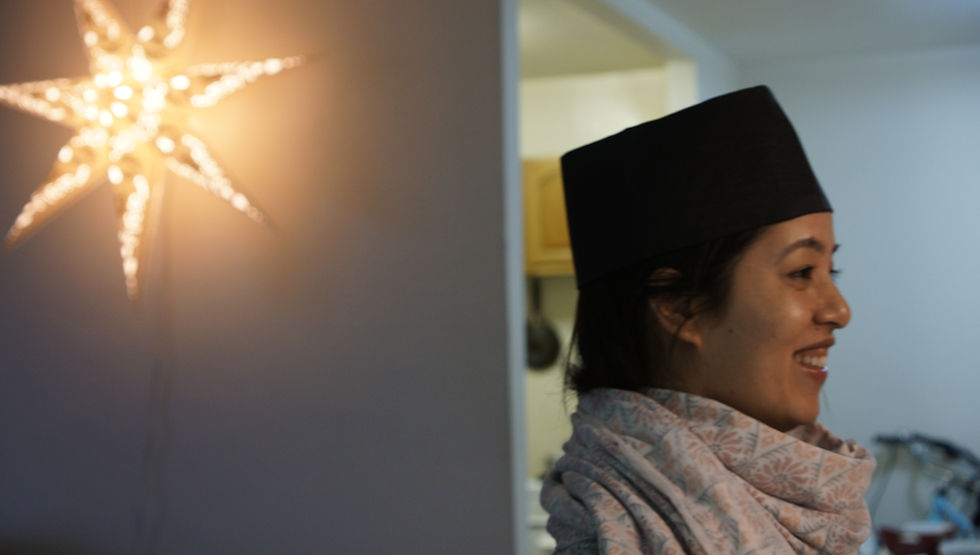
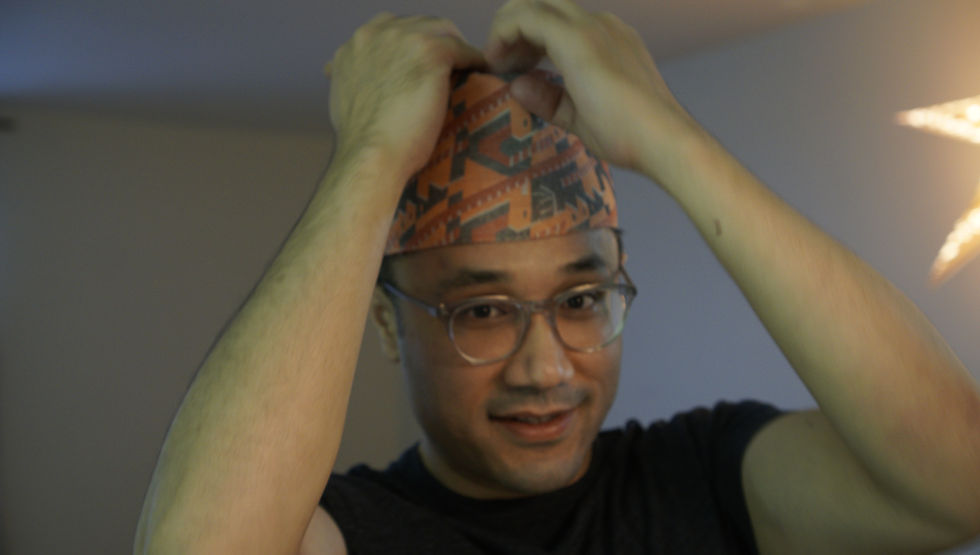




Makhmali / Lakan
Traditional slippers worn in weddings by Nepalese women

Makhmali / Lakan
Made of velvet, these closed toe slippers are traditional wedding footwear for brides. Nepali wedding color is predominantly red with accents of green and gold. The sole is jute or these days of rubber and the upper is made of velvet with embellishments called sitara or embroidery.
“Traditionally they were home slippers post wedding but now they are modified to be worn outside. You will not find people wearing them everyday but every home will have them”, Mamata explains. “You can buy them in specific, traditional markets in Nepal and although the classic color is red velvet, you can find makhmalis in many different colors and textures”.
